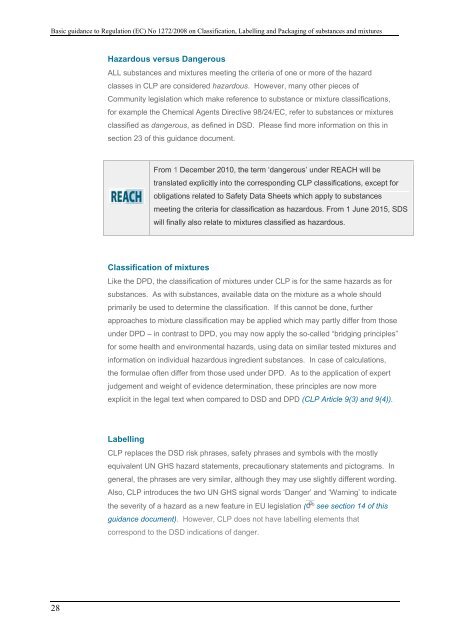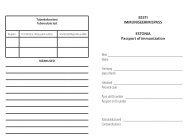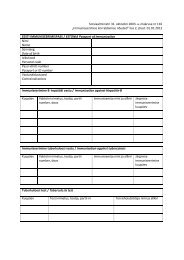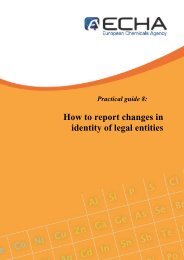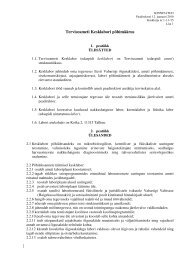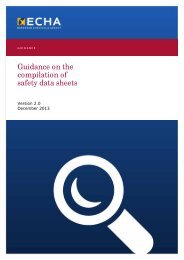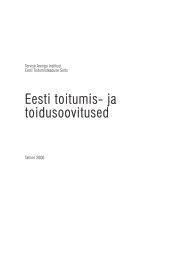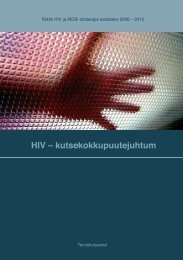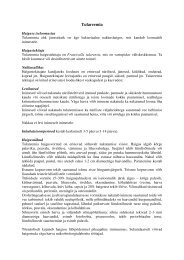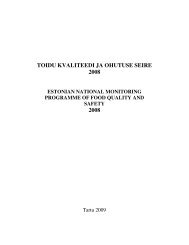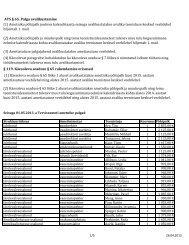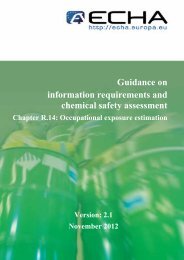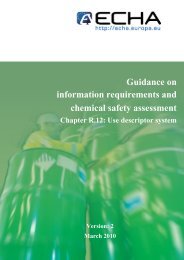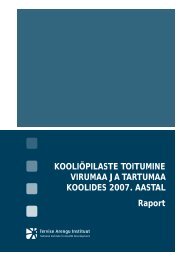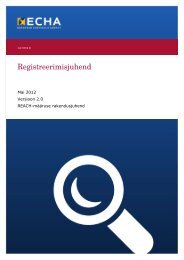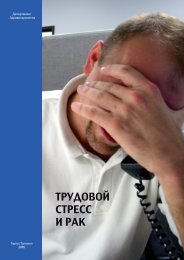Introductory Guidance on the CLP Regulation - ECHA - Europa
Introductory Guidance on the CLP Regulation - ECHA - Europa
Introductory Guidance on the CLP Regulation - ECHA - Europa
Create successful ePaper yourself
Turn your PDF publications into a flip-book with our unique Google optimized e-Paper software.
Basic guidance to Regulati<strong>on</strong> (EC) No 1272/2008 <strong>on</strong> Classificati<strong>on</strong>, Labelling and Packaging of substances and mixtures<br />
Hazardous versus Dangerous<br />
ALL substances and mixtures meeting <strong>the</strong> criteria of <strong>on</strong>e or more of <strong>the</strong> hazard<br />
classes in <strong>CLP</strong> are c<strong>on</strong>sidered hazardous. However, many o<strong>the</strong>r pieces of<br />
Community legislati<strong>on</strong> which make reference to substance or mixture classificati<strong>on</strong>s,<br />
for example <strong>the</strong> Chemical Agents Directive 98/24/EC, refer to substances or mixtures<br />
classified as dangerous, as defined in DSD. Please find more informati<strong>on</strong> <strong>on</strong> this in<br />
secti<strong>on</strong> 23 of this guidance document.<br />
From 1 December 2010, <strong>the</strong> term ‘dangerous’ under REACH will be<br />
translated explicitly into <strong>the</strong> corresp<strong>on</strong>ding <strong>CLP</strong> classificati<strong>on</strong>s, except for<br />
obligati<strong>on</strong>s related to Safety Data Sheets which apply to substances<br />
meeting <strong>the</strong> criteria for classificati<strong>on</strong> as hazardous. From 1 June 2015, SDS<br />
will finally also relate to mixtures classified as hazardous.<br />
Classificati<strong>on</strong> of mixtures<br />
Like <strong>the</strong> DPD, <strong>the</strong> classificati<strong>on</strong> of mixtures under <strong>CLP</strong> is for <strong>the</strong> same hazards as for<br />
substances. As with substances, available data <strong>on</strong> <strong>the</strong> mixture as a whole should<br />
primarily be used to determine <strong>the</strong> classificati<strong>on</strong>. If this cannot be d<strong>on</strong>e, fur<strong>the</strong>r<br />
approaches to mixture classificati<strong>on</strong> may be applied which may partly differ from those<br />
under DPD – in c<strong>on</strong>trast to DPD, you may now apply <strong>the</strong> so-called “bridging principles”<br />
for some health and envir<strong>on</strong>mental hazards, using data <strong>on</strong> similar tested mixtures and<br />
informati<strong>on</strong> <strong>on</strong> individual hazardous ingredient substances. In case of calculati<strong>on</strong>s,<br />
<strong>the</strong> formulae often differ from those used under DPD. As to <strong>the</strong> applicati<strong>on</strong> of expert<br />
judgement and weight of evidence determinati<strong>on</strong>, <strong>the</strong>se principles are now more<br />
explicit in <strong>the</strong> legal text when compared to DSD and DPD (<strong>CLP</strong> Article 9(3) and 9(4)).<br />
Labelling<br />
<strong>CLP</strong> replaces <strong>the</strong> DSD risk phrases, safety phrases and symbols with <strong>the</strong> mostly<br />
equivalent UN GHS hazard statements, precauti<strong>on</strong>ary statements and pictograms. In<br />
general, <strong>the</strong> phrases are very similar, although <strong>the</strong>y may use slightly different wording.<br />
Also, <strong>CLP</strong> introduces <strong>the</strong> two UN GHS signal words ‘Danger’ and ‘Warning’ to indicate<br />
<strong>the</strong> severity of a hazard as a new feature in EU legislati<strong>on</strong> ( see secti<strong>on</strong> 14 of this<br />
guidance document). However, <strong>CLP</strong> does not have labelling elements that<br />
corresp<strong>on</strong>d to <strong>the</strong> DSD indicati<strong>on</strong>s of danger.<br />
28


